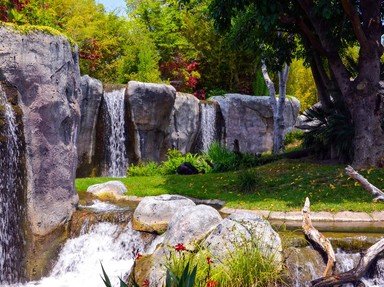Quiz Answer Key and Fun Facts
1. London Zoo was established by the Zoological Society of London. Which of the Society's founders had previously arranged for a trading post to be established on Singapore?
2. Between 1831 and 1872 London Zoo housed three of the last remaining members of which subspecies of zebra?
3. In 1850 Obaysch the hippopotamus was brought to London Zoo but why did this cause much public excitement?
4. What was the name of the young elephant who joined London Zoo in 1865?
5. In 1914 a black bear whose full name was Winnipeg was left with London Zoo. Which author was inspired by his son's fascination with the bear to write stories about a similarly-named toy bear?
6. A young gorilla was transferred to London Zoo in 1947 and named Guy. Why was he given that name?
7. In 1949 a polar bear named Brumas was born in London Zoo and attracted very many visitors. What made her such an attraction?
8. In 1965 Goldie twice escaped from London Zoo and stayed at large for a while. What type of creature was he?
9. Living in London Zoo until her death in 1993 at the age of 22 was Belinda, a Mexican red-kneed bird-eating spider. How in particular did she contribute to the Zoo's finances?
10. Which new enclosure with a secure barrier between visitors and the enclosure's inhabitants did London Zoo open in 2004?
Source: Author
misstified
This quiz was reviewed by FunTrivia editor
rossian before going online.
Any errors found in FunTrivia content are routinely corrected through our feedback system.

